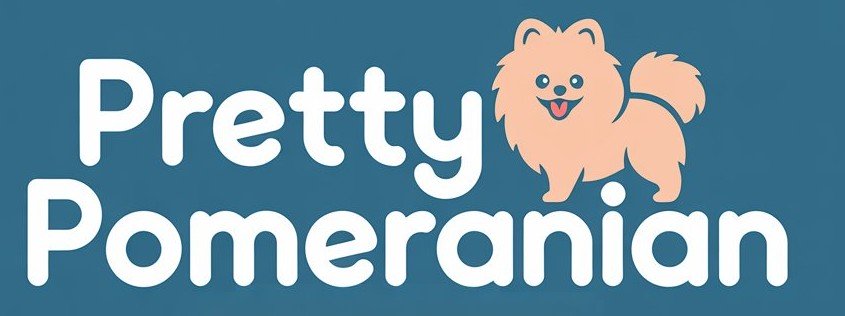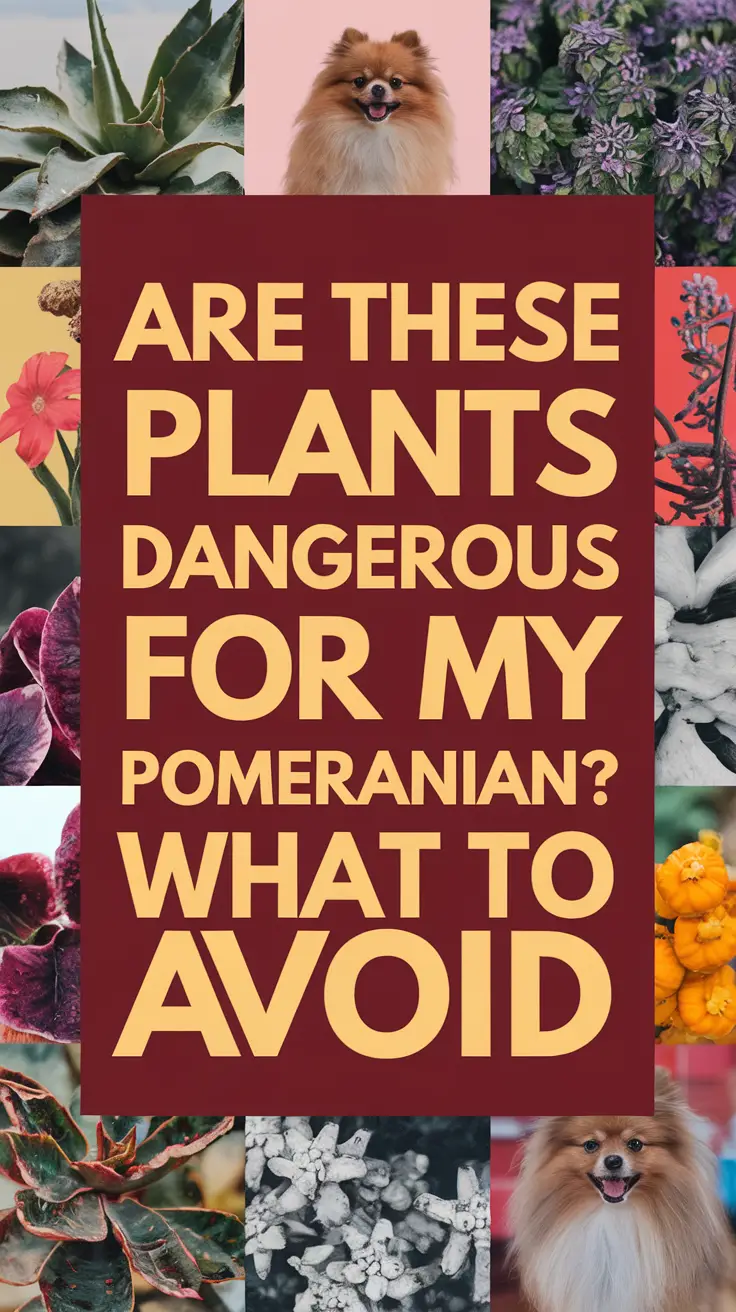Watching your precious Pomeranian turn their tiny nose up at yet another “healthy” treat you’ve lovingly prepared feels like a personal rejection, doesn’t it? Trust me, I’ve been there with my Sash – standing in the kitchen holding what I thought was a masterpiece of canine nutrition, only to watch her sniff it once and walk away with the dignity only a Pom can muster.
Here are the three game-changing secrets I’ve discovered:
- Start with ingredients that naturally appeal to your Pom’s refined palate
- Master the texture and size that makes treats irresistible to small mouths
- Use strategic flavor layering to mask healthy ingredients
Understanding Your Pomeranian’s Picky Palate
Pomeranians didn’t earn their reputation as discerning eaters by accident. These little royals descended from Arctic spitz dogs, but somewhere along their breeding journey, they developed tastes that would make a food critic proud. Sash once rejected a $30 bag of premium treats because they were apparently “too pedestrian” for her refined sensibilities.
The American Kennel Club notes that Pomeranians are naturally suspicious of new foods, which explains why your perfectly crafted sweet potato and quinoa bites might get the cold shoulder treatment. Their small size also means they have different nutritional needs – what works for a Golden Retriever won’t necessarily work for your 7-pound diva.
The Foundation: Choosing Irresistible Base Ingredients
After countless kitchen experiments (and equally countless treat rejections), I’ve discovered that certain ingredients are practically Pomeranian magnets. These form the foundation of any successful healthy treat:
Protein Powerhouses That Actually Work
Chicken remains the golden standard, but here’s the twist – use chicken liver or heart instead of plain breast meat. Sash goes absolutely bonkers for freeze-dried liver powder sprinkled on anything. Salmon is another winner, particularly canned salmon in water (drained, obviously). The natural oils make treats irresistibly aromatic to that sensitive Pom nose.
Sneaky Vegetable Victories
Pumpkin puree works magic – not just because it’s healthy, but because its natural sweetness appeals to most Poms. Sweet potatoes follow close behind. I learned this after Sash completely ignored my first batch of carrot-based treats but devoured pumpkin ones like they were going out of style.
The secret with vegetables is dehydration. Fresh vegetables often have textures that Poms find off-putting, but dehydrated veggie powders blend seamlessly into treats while maintaining nutritional value.
Mastering Texture and Size
Here’s something most people get wrong – they make treats too big or too hard for Pomeranian mouths. Dr. Sarah Mitchell, a veterinary nutritionist I consulted after Sash’s particularly stubborn phase, explained that treats should be no larger than your Pom’s thumbnail and soft enough to break easily.
I discovered this the hard way when I made beautiful, Instagram-worthy bone-shaped treats that were apparently “too much work” for Her Royal Fuzziness. Now I make treats the size of small peas, and the acceptance rate has skyrocketed.
The Texture Sweet Spot
Aim for what I call “cookie-soft” – firm enough to hold together but yielding enough that senior Poms or those with dental issues can manage them easily. Adding a small amount of coconut oil or natural peanut butter (xylitol-free, always) creates this perfect texture while adding flavors most Poms adore.
My Battle-Tested Recipe Formula
After two years of trial and error with Sash as my extremely honest taste-tester, here’s the formula that consistently wins approval:
| Ingredient Category | Ratio | Best Options |
|---|---|---|
| Protein Base | 40% | Chicken liver powder, salmon, egg |
| Healthy Filler | 35% | Oat flour, sweet potato puree |
| Binding Agent | 15% | Pumpkin puree, banana |
| Flavor Enhancer | 10% | Coconut oil, bone broth powder |
Sash’s Current Favorite Recipe
Mix one cup oat flour, half cup chicken liver powder, quarter cup pumpkin puree, two tablespoons coconut oil, and one egg. Roll into pea-sized balls, flatten slightly, and bake at 325°F for 12-15 minutes. These treats have a 98% approval rating in my household (the 2% represents the day Sash was apparently too dignified to eat anything).
The Art of Strategic Introduction
Even the perfect treat can fail if introduced incorrectly. Pomeranians are creatures of habit and ritual. I learned to introduce new treats during Sash’s most receptive times – right before meals when she’s hungry but not desperate, or after particularly good training sessions when she’s in a cooperative mood.
Start by making the new treat seem incredibly valuable. I actually pretend to eat one myself first (they’re made with human-grade ingredients, so this works), which immediately makes Sash more interested. Pomeranians are naturally competitive, even with their humans.
Common Pitfalls to Avoid
Making treats too healthy too fast is recipe disaster. I once created kale and quinoa treats that were nutritionally perfect but gastronomically offensive to Pomeranian sensibilities. Gradual transitions work better – start with 90% delicious and 10% healthy, then slowly adjust the ratio over time.
Another mistake is batch-making without testing. Always make a small test batch first. Nothing hurts quite like spending an afternoon preparing 200 treats only to discover your Pom finds them completely unacceptable.
Storage and Freshness Secrets
Pomeranians can detect staleness faster than any food critic. Store treats in airtight containers with silica gel packets to maintain crispness. I freeze portions in weekly amounts – frozen treats actually become more aromatic as they thaw, which appeals to that sensitive Pom nose.
Pro tip: Add a small piece of apple to the storage container. It maintains moisture levels perfectly and adds a subtle sweetness that most Poms appreciate.
The journey of creating healthy treats your Pomeranian will actually eat isn’t just about nutrition – it’s about understanding the complex psychology of a breed that somehow convinced humans they deserve to be carried around in designer bags. Every successful treat is a small victory in the ongoing negotiation between human health consciousness and Pomeranian standards. The real reward isn’t just seeing your Pom enjoy something healthy; it’s the tail wag that says you’ve finally figured out how to speak their culinary language. Now that’s a conversation worth having.




